How to Stop Worrying: Ease Your Anxiety
We all worry about things from time to time. But too many “what ifs” can lead to anxiety and affect our health in many negative ways.
Worry is a problem, not a solution
In order to break your worrying habit, you need to let go of the belief that worrying will protect you from difficult feelings. Worrying about a potential storm won’t make the storm easier to weather.
The truth is, even if you worry about those things, you will still feel sadness and disappointment when a storm passes through your life.
It’s also not necessary to worry about something in order to plan ahead. Worrying rarely produces concrete solutions to problems. When you can separate your association between worrying and feelings of safety, protection, or preparedness, you can begin to challenge this disruptive habit.
Make a list, and check it twice
As hard as you try, attempting to just stop worrying doesn’t work. Instead, try keeping a running list of items that pop into your mind throughout the day and set aside some time to review your list. Worry helps you feel prepared and protected, without actually making you prepared or keeping you safe from harm. Use these steps to replace your worry with actual planning and true feelings of safety.
The steps below can help you come up with tangible solutions for many types of problems or sources of worry. It helps to write them down.
- Identify the problem.
- Identify possible solutions to the problem.
- Identify the possible consequences to each solution.
- Choose one solution and carry it out—without procrastinating or avoiding the task.
To establish safety, question the nature of your feelings.
- Is this worry real or imagined? (If real, see the next bullet.)
- Did the worry come from your senses or your mind? If sensed, take it seriously and see the next bullet. Otherwise, the worry is imagined and unhelpful.
- What do I need to feel safe and protected? (Connection with others, change in environment, ask for help, etc.) Take action.
- When the worry is imagined, let it go by remaining in the present moment.
Do you worry too much? Learn how counselling can help!

